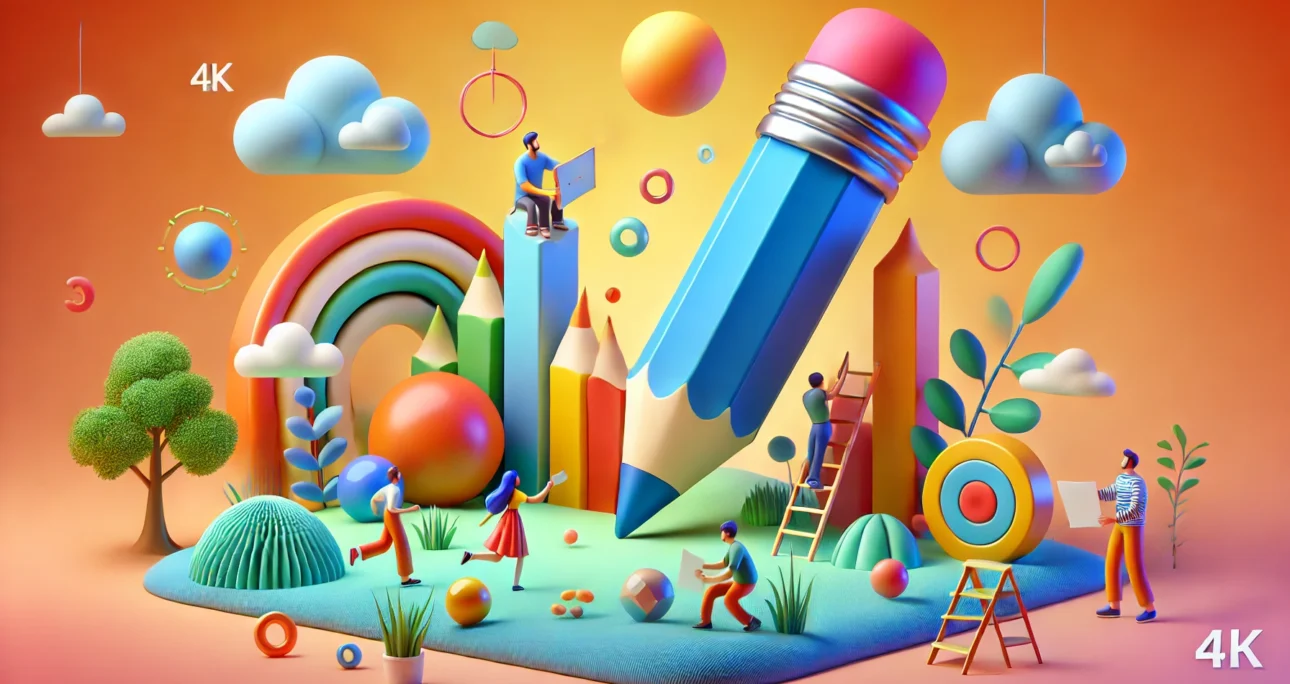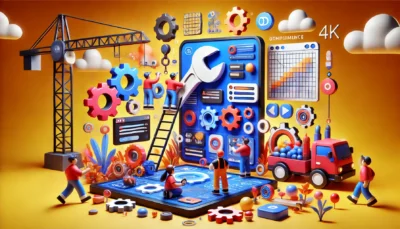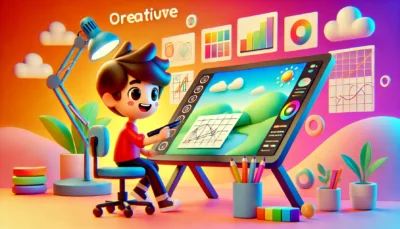Crafting Compelling Proposals That Secure More Projects
In the competitive world of freelance graphic design, the ability to write compelling proposals is crucial for securing projects and building a successful career. A well-crafted proposal not only showcases your skills but also demonstrates your understanding of the client’s needs and how you can add value to their project. This guide will provide you with strategies and tips on writing winning proposals that stand out and win more projects.
Table of Contents
- Understanding the Importance of a Strong Proposal
- Why Proposals Matter in Freelance Graphic Design
- Benefits of a Winning Proposal
- Researching the Client and Project
- Understanding Client Needs
- Tailoring Your Proposal to the Project
- Crafting a Compelling Introduction
- Grabbing Attention from the Start
- Establishing Credibility
- Showcasing Your Skills and Expertise
- Highlighting Relevant Experience
- Demonstrating Your Unique Value
- Presenting a Clear and Concise Project Plan
- Outlining Your Approach
- Providing a Timeline and Milestones
- Detailing Value-Based Pricing
- Explaining Your Pricing Strategy
- Justifying Your Rates with Value
- Including Portfolio Optimization
- Showcasing Relevant Work Samples
- Using Case Studies and Testimonials
- Emphasizing Client Relationships and Communication
- Highlighting Your Communication Skills
- Building Trust with Potential Clients
- Using Professional Formatting and Design
- Creating a Visually Appealing Proposal
- Ensuring Clarity and Readability
- Conclusion: Securing More Graphic Design Projects
1. Understanding the Importance of a Strong Proposal
1.1 Why Proposals Matter in Freelance Graphic Design
Proposals are the first impression you make on potential clients. They demonstrate your professionalism, skills, and understanding of the project at hand. A strong proposal sets the stage for a successful client relationship and can differentiate you from the competition.
1.2 Benefits of a Winning Proposal
A winning proposal can lead to more projects, higher earnings, and long-term client relationships. By presenting yourself as a reliable and skilled designer, you increase your chances of securing the job and building a positive reputation in the industry.
2. Researching the Client and Project
2.1 Understanding Client Needs
Before you start writing your proposal, research the client and their business. Understand their goals, target audience, and brand identity. This knowledge will help you tailor your proposal to address their specific needs and demonstrate that you have taken the time to understand their project.
2.2 Tailoring Your Proposal to the Project
Each proposal should be customized to fit the project requirements. Avoid using generic templates and instead focus on how your skills and experience align with the client’s needs. Personalization shows that you are genuinely interested in the project and are the right fit for the job.
3. Crafting a Compelling Introduction
3.1 Grabbing Attention from the Start
Your introduction should grab the client’s attention immediately. Start with a compelling statement or a brief summary of how you can solve their problem. This sets the tone for the rest of the proposal and encourages the client to read further.
3.2 Establishing Credibility
Establish your credibility by briefly mentioning your experience, qualifications, and any relevant achievements. Highlight your expertise in freelance graphic design and your track record of successful projects. This builds trust and confidence in your abilities.
4. Showcasing Your Skills and Expertise
4.1 Highlighting Relevant Experience
Showcase your skills and expertise by highlighting relevant experience. Discuss similar projects you have completed and the outcomes achieved. Use specific examples to demonstrate how your skills will benefit the client’s project.
4.2 Demonstrating Your Unique Value
Explain what sets you apart from other designers. This could be your creative approach, technical skills, or a unique design style. Emphasize how your unique value will address the client’s needs and contribute to the success of their project.
5. Presenting a Clear and Concise Project Plan
5.1 Outlining Your Approach
Provide a clear and concise project plan that outlines your approach. Describe the steps you will take to complete the project, including any research, design phases, and revisions. A well-structured plan shows that you are organized and understand the project’s requirements.
5.2 Providing a Timeline and Milestones
Include a timeline with key milestones and deadlines. This helps the client understand the project duration and your availability. A detailed timeline demonstrates your project management skills and commitment to delivering the project on time.
6. Detailing Value-Based Pricing
6.1 Explaining Your Pricing Strategy
Explain your pricing strategy and how it aligns with the value you provide. Value-based pricing focuses on the benefits and outcomes the client will receive rather than the hours worked. Clearly articulate the value of your services and why your rates are justified.
6.2 Justifying Your Rates with Value
Justify your rates by highlighting the return on investment (ROI) the client can expect. Use case studies, testimonials, and specific examples to show how your work has positively impacted previous clients. This reinforces the value of your services and supports your pricing.
7. Including Portfolio Optimization
7.1 Showcasing Relevant Work Samples
Include relevant work samples in your proposal. Choose examples that closely match the client’s project requirements. High-quality visuals and detailed descriptions help the client visualize your capabilities and how you can deliver the desired results.
7.2 Using Case Studies and Testimonials
Incorporate case studies and testimonials from past clients to build credibility. Case studies provide detailed insights into your design process and the outcomes achieved, while testimonials offer social proof of your skills and reliability.
8. Emphasizing Client Relationships and Communication
8.1 Highlighting Your Communication Skills
Effective communication is crucial in freelance graphic design. Highlight your communication skills and how you will keep the client informed throughout the project. Discuss your preferred communication channels and how you will ensure a smooth collaboration.
8.2 Building Trust with Potential Clients
Building trust is essential for securing projects. Be transparent about your process, timelines, and expectations. Provide references or offer to connect the client with past clients who can vouch for your work. Trust is the foundation of strong client relationships.
9. Using Professional Formatting and Design
9.1 Creating a Visually Appealing Proposal
A visually appealing proposal enhances readability and reflects your design skills. Use a clean layout, professional fonts, and relevant images. Consistent branding throughout the proposal reinforces your professional image.
9.2 Ensuring Clarity and Readability
Ensure your proposal is easy to read and understand. Use headings, bullet points, and short paragraphs to break up the text. Avoid jargon and keep your language clear and concise. A well-organized proposal makes a positive impression and keeps the client engaged.
Conclusion: Securing More Graphic Design Projects
Writing winning proposals is a critical skill for freelance graphic designers. By understanding client needs, showcasing your skills, and presenting a clear plan with value-based pricing, you can craft compelling proposals that stand out. Implement the strategies outlined in this guide to secure more projects, build strong client relationships, and elevate your freelance graphic design career.





